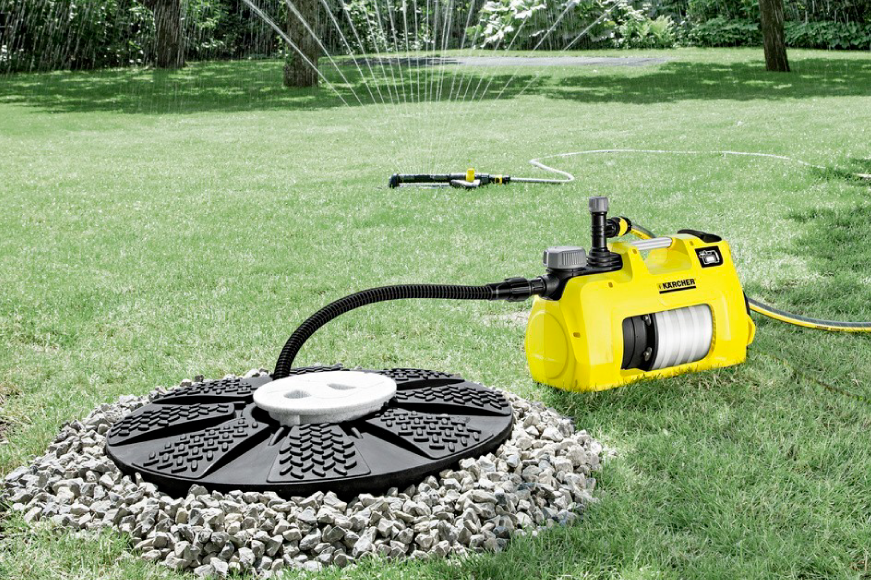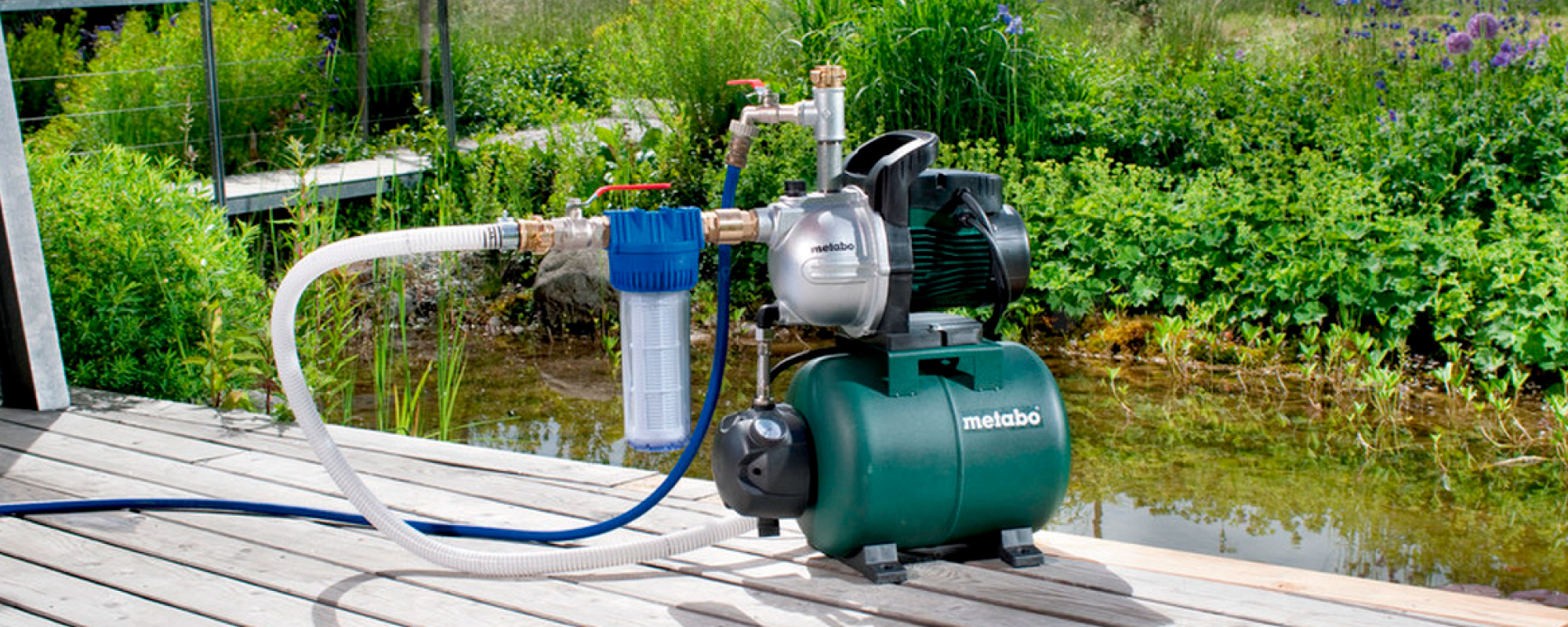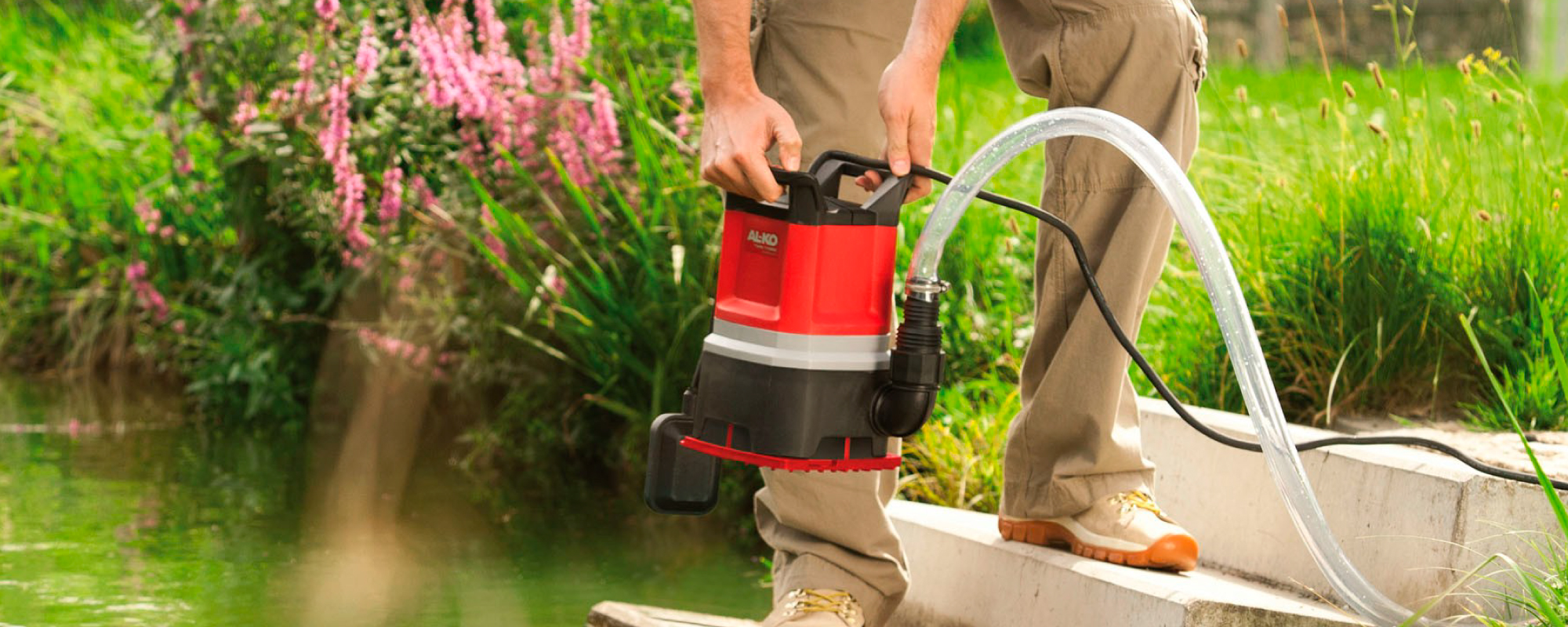
In the modern world, water supply and sanitation play one of the most important roles in ensuring comfort. We cannot imagine our life without water in the house, but what about the country house, if not all summer cottage areas are equipped with such convenience?
Pumps and pumping stations will come to your aid. Thanks to modern engineering developments, these installations are presented in a great variety and are developing more and more every second. For domestic needs, you should focus on surface pumping stations or submersible pumps. In this article, we will focus on the principles and differences in their work, since this is what is important to know when buying a pump.
By the type of engine operation, pumps are electric and gasoline-powered. We will look at electric centrifugal pumps.
When buying any pump, consider two main parameters - the height of the intake and water supply by the pump, as well as it’s performance. Always choose a pump with parameters that slightly exceed your needs. Firstly, because of the roughness of the inner surface of the pipes, the speed of water movement decreases. This is also called loss of pressure. Secondly, for a pump, a vertical distance of 1 m is equal to 10 meters horizontally. This means that if the height (depth) to the surface (mirror) of the water source is 5 m, and the length of the pipe supplied to the house is 50 m, then the pump performance will in fact be zero, that is, you will not get water.

For water supply at home, the best option would be a stationary surface pumping station. The motor of such a pump works in two directions - for raising water from the source through the suction pipe and supplying water to the consumer through the outlet pipe. When buying a pumping station, pay attention that it has protection against dry running, that is, your pump should automatically turn off when air enters the system. Air trapped in the pump destroys the working mechanisms, which can lead to both minor breakdowns and a serious accident. If the pump does not have such protection, then it does not matter - the hydraulic controller will help you. This is a device installed on the pipeline between the water source and the pump. If the water in the source dries up, then the hydraulic controller is triggered to turn off the pump.
Pumping stations are also equipped with a hydraulic tank or, in other words, a hydraulic accumulator, which holds a certain amount of water. This is convenient in the sense that when you open the tap, water comes from the hydraulic tank and, as a result, energy consumption is reduced. It is better to keep such a pump in a room where there is no threat of atmospheric precipitation, and a constant temperature is also maintained (preferably at least 4 ° C).

Diving pumps for their intended purpose are for water supply (conventional and borehole), drainage and pumping of sewage water (fecal pumps), for clean and turbid water. Their convenience lies in the fact that you lower the device directly to the place where the water is pumped out. These pumps do not have a suction pipe, they directly pump out water and send it to the consumer through the outlet pipe. With diving pumps, you basically won't care about dry running, as they are equipped with a special float mechanism. As long as there is water in the source, the float is on its surface and the pump works. As soon as the water runs out and the float touches a hard surface, the pump turns off automatically.
Despite a number of advantages, safety should not be forgotten with such a pump. If you get it out of the water for repair or for any other reason, be sure to turn off the power. Otherwise, it’s electrocuted.
Above we have given general information about the pumps, but some of the tips will definitely not be superfluous.
• When switching on the pump station for the first time, fill the suction pipe and hydraulic tank with water to remove all air and thus avoid dry running.
• Provide proper thermal insulation of the room in which the pumping station is located
• When laying pipes underground, take into account the depth of soil freezing so that in winter the water in the pipes does not freeze and the pump does not fail
• Provide ventilation in the room where the pump is located, as condensation may form on it
• The pump reacts to voltage fluctuations, so it will not be superfluous to equip it with a voltage stabilizer that will help protect the motor
• The plumbing in the house should be in order. If you have a faulty toilet cistern, the pump will work to fill it up constantly. This is due to the wear of the pump itself and the consumption of electricity
• The pumping station is noisy, so it is better to place it away from bedrooms. It is best to keep it in the basement or set aside a separate room for it
• In addition to noise, the pump also has vibrations, just like a washing machine. To avoid the discomfort caused by it, it is best to place the application directly on a rubber mat or underlay.
As we already said, there are a sufficient number of different pumps on the market and it will not be difficult for you to choose a specific one for yourself. On our website you will find everything you need - pumps, hydraulic controllers, pipes and hoses.
“Domino” wishes you all the best!
